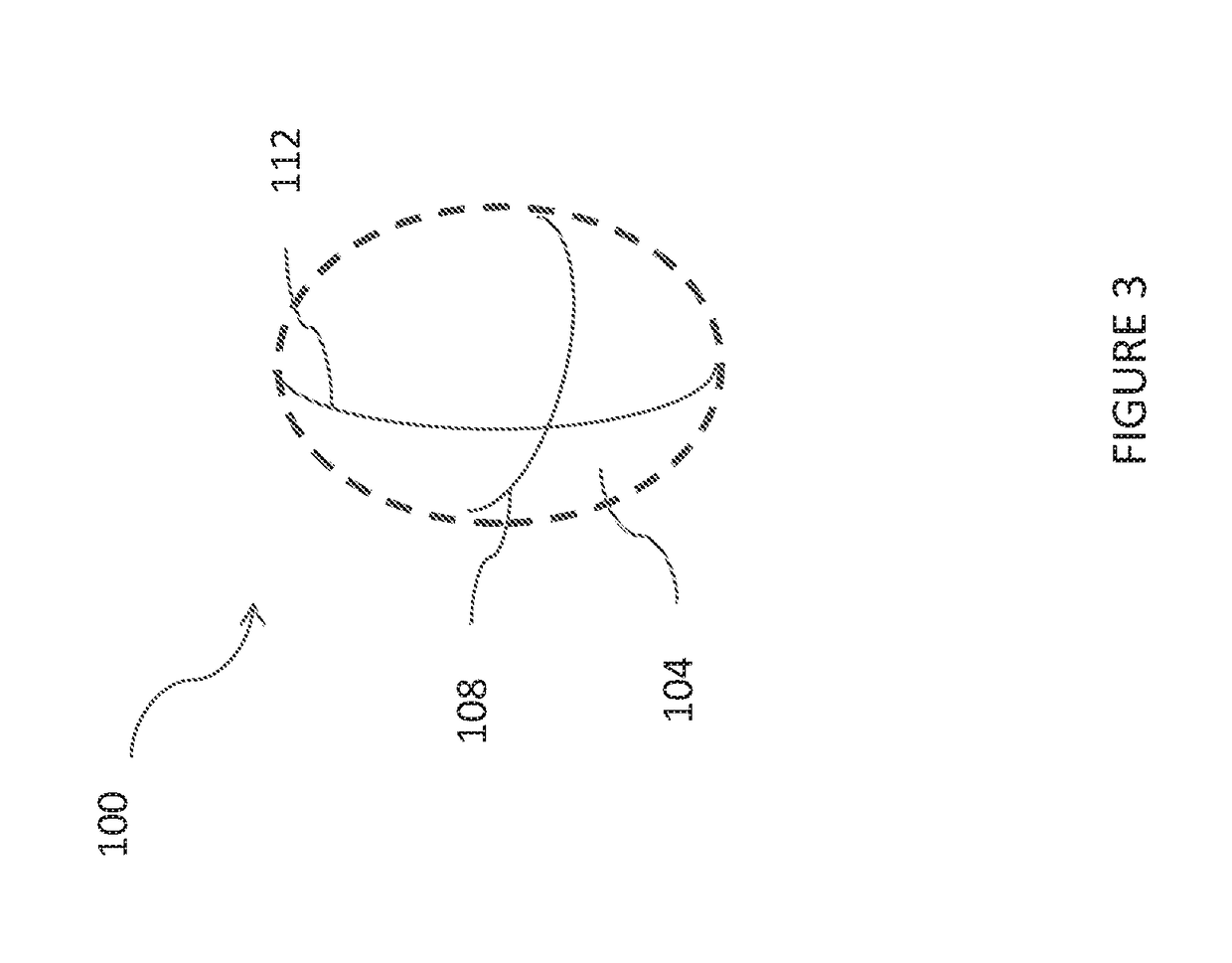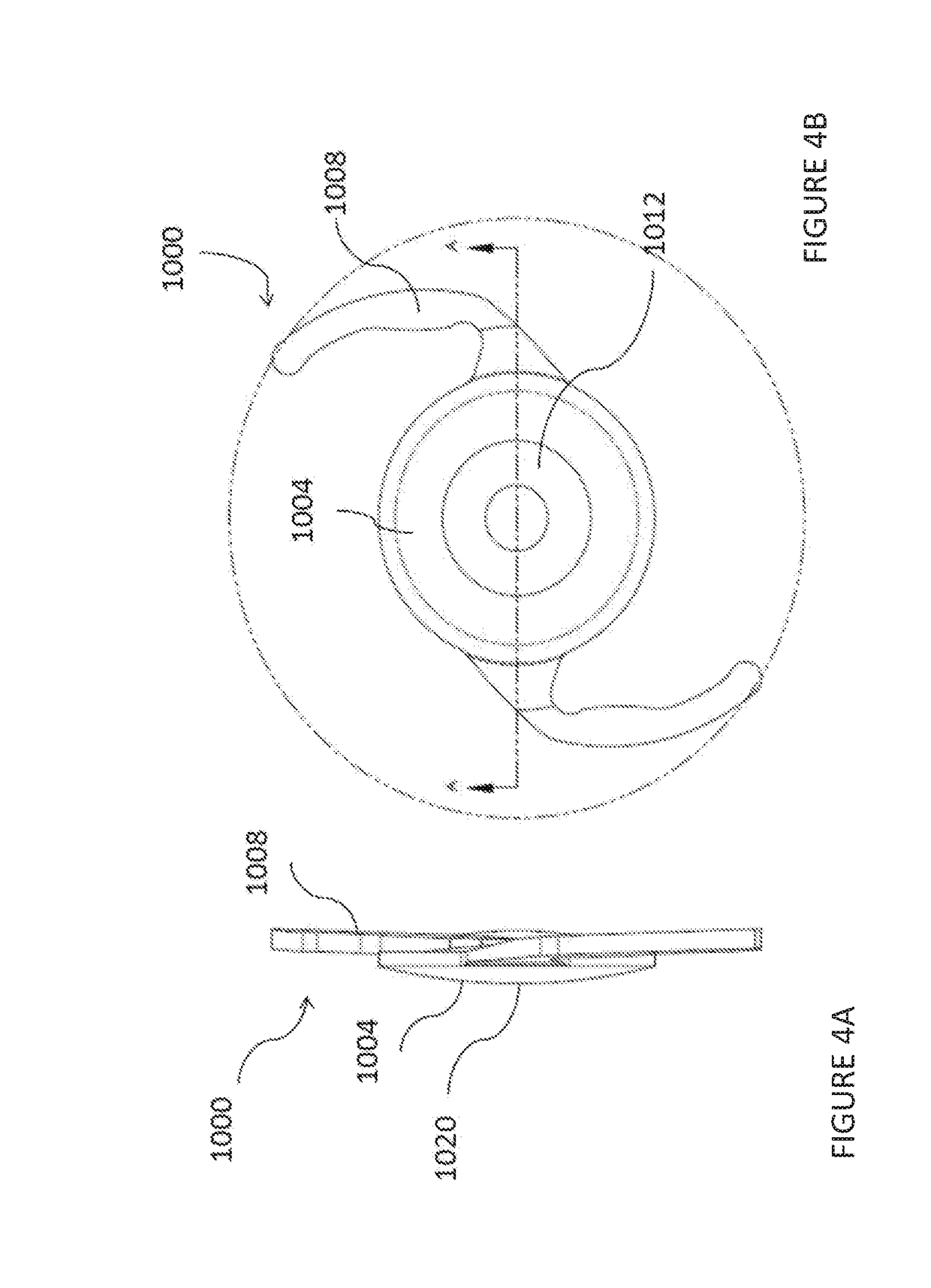Toric small aperture intraocular lens with extended depth of focus
a small aperture, intraocular lens technology, applied in the field of ophthalmic devices, can solve the problems of abnormally long eyes, abnormally steep cornea, abnormally short eyes, etc., and achieve the effect of simplifying the treatment of complex cases and improving the outcom
- Summary
- Abstract
- Description
- Claims
- Application Information
AI Technical Summary
Benefits of technology
Problems solved by technology
Method used
Image
Examples
Embodiment Construction
[0025]A patient with astigmatism has unequal optical power at different rotational positions of the eye. The power of the eye is greater in some meridians of the eye than in other meridians. Patients who undergo IOL implantation surgery may suffer from astigmatism. This may be because even if the IOL has perfectly symmetric optics, the cornea of the eye in which the IOL is placed may be formed in a way providing uneven, rotationally asymmetric powers.
[0026]FIGS. 1 and 2 illustrate a simple example of how an astigmatic eye 10 converges light passing through the lens. FIG. 1 illustrates a horizontal meridian H of the eye 10. Light incident on the horizontal meridian passes through the crystalline lens 18 and converges behind the retina 14. The solid lines show that the light passing along the horizontal meridian H is focused at a location rearward of the retina 14 by a first amount. FIG. 2 illustrates a vertical meridian V of the eye 10. In FIG. 2, solid lines illustrate that light pa...
PUM
 Login to View More
Login to View More Abstract
Description
Claims
Application Information
 Login to View More
Login to View More - R&D
- Intellectual Property
- Life Sciences
- Materials
- Tech Scout
- Unparalleled Data Quality
- Higher Quality Content
- 60% Fewer Hallucinations
Browse by: Latest US Patents, China's latest patents, Technical Efficacy Thesaurus, Application Domain, Technology Topic, Popular Technical Reports.
© 2025 PatSnap. All rights reserved.Legal|Privacy policy|Modern Slavery Act Transparency Statement|Sitemap|About US| Contact US: help@patsnap.com



